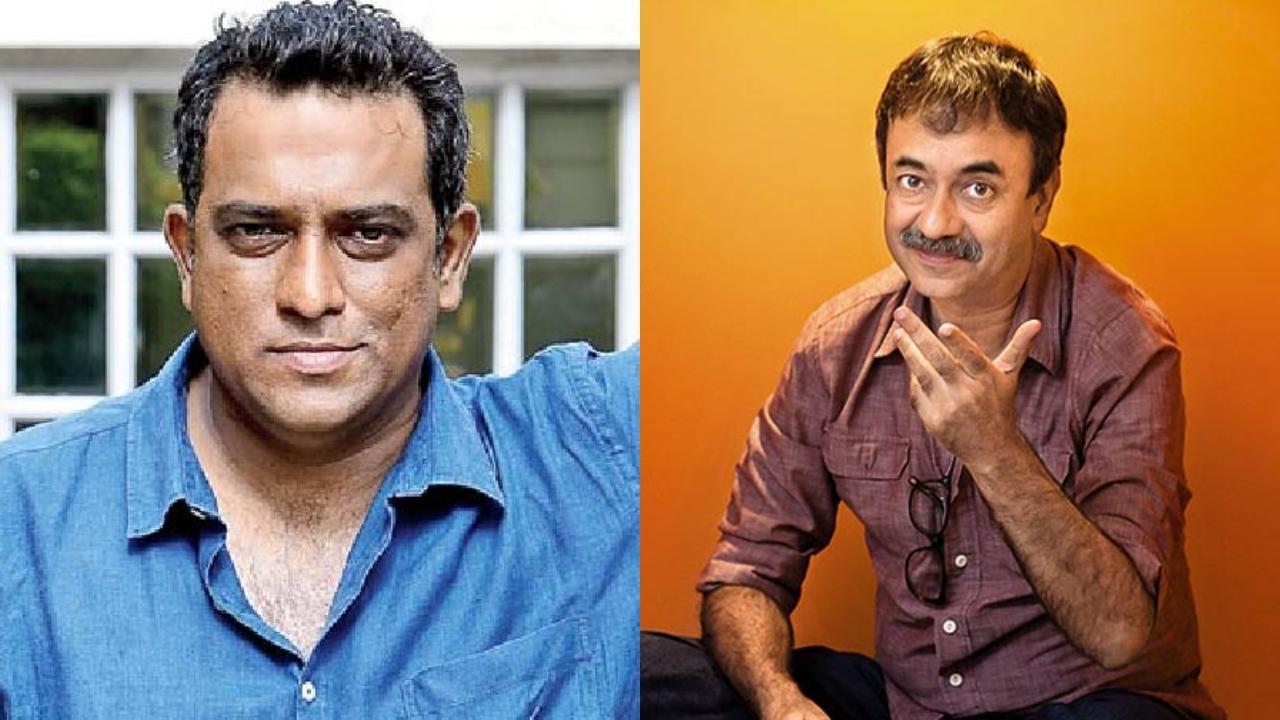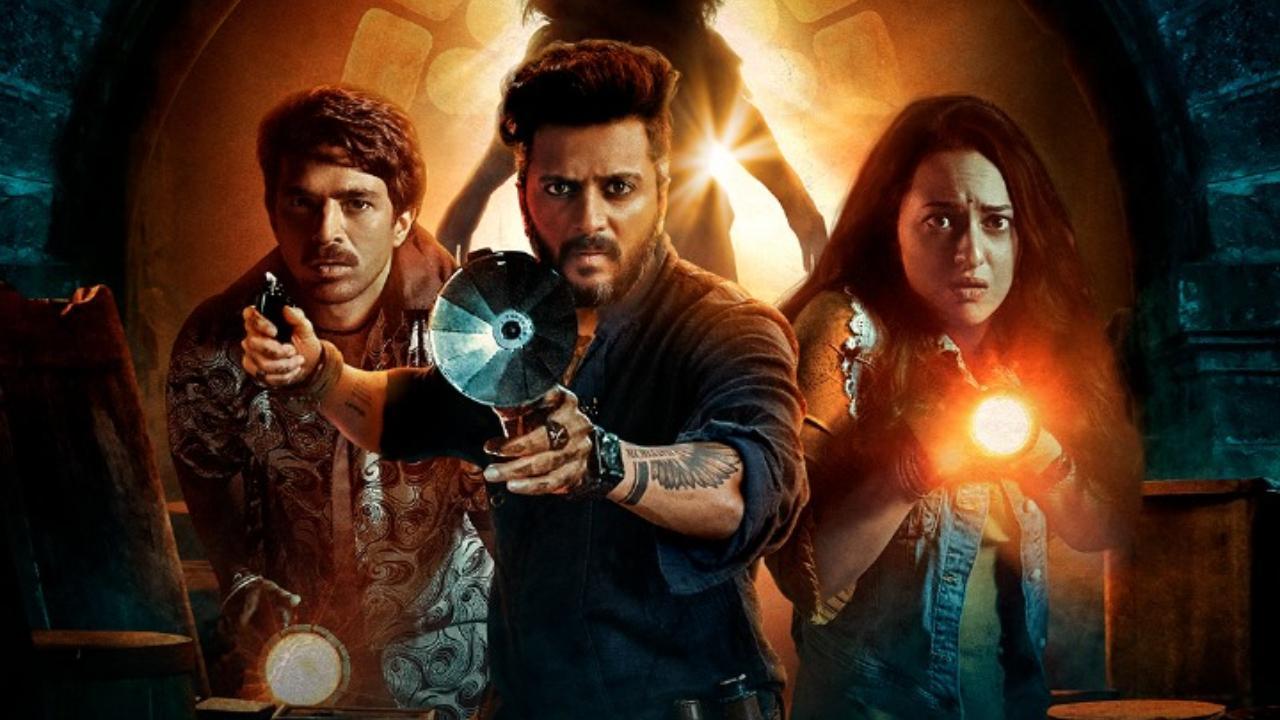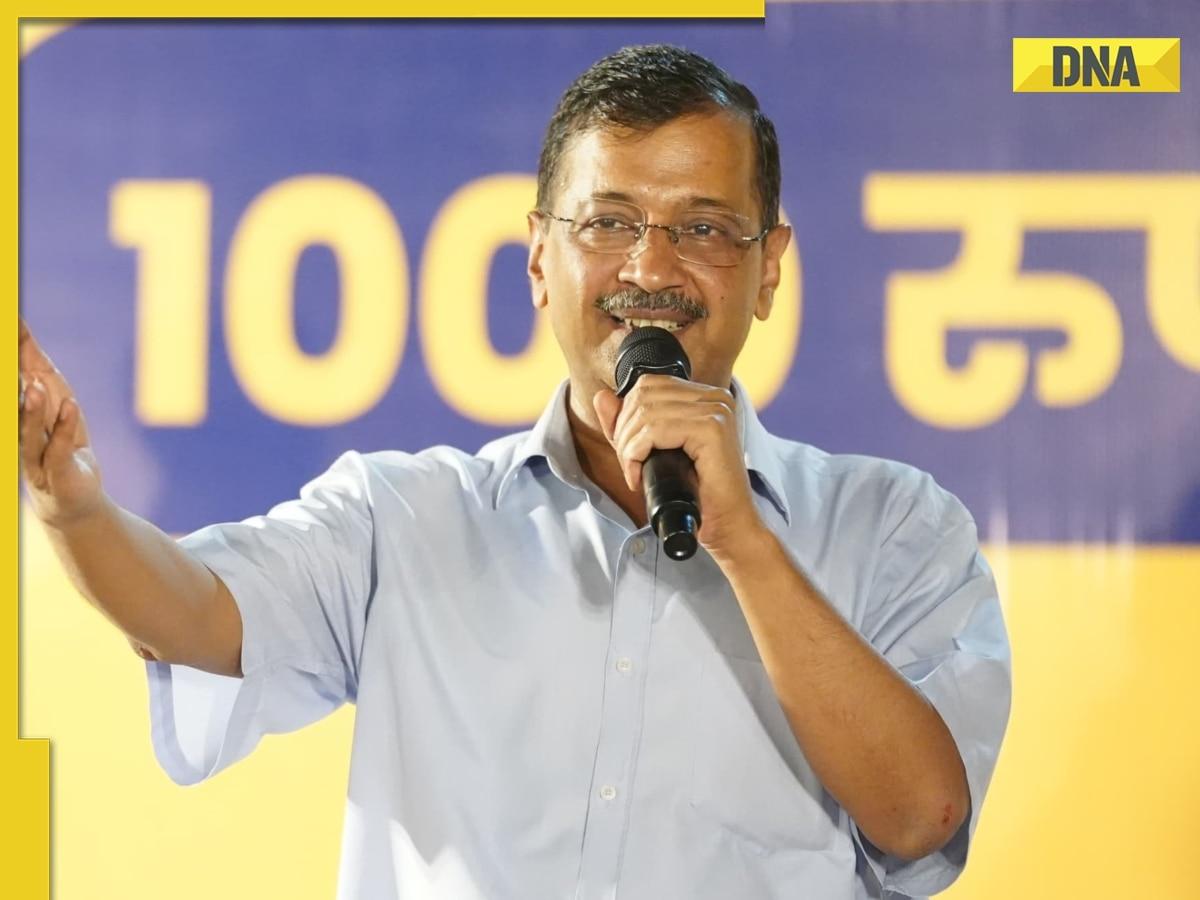
For those of us accustomed to the grandeur of mainstream cinema and its predictable narrative arches, it comes as a refreshing change when a film invites us to switch gears and embrace an indie aesthetic. There’s a burgeoning indie movie scene in Telugu cinema, painting vivid pictures of the lesser-seen subcultures within the rural landscapes of Telangana and Andhra Pradesh. While many of these cinematic ventures include an element of the mainstream, often featuring known faces or conventional storylines, the directorial duo of Rohit Penumatsa and Camp Sasi—collectively known as Rohit and Sasi—have taken a bold leap with “Double Engine,” their first feature film designed for the big screen.
With a cast that balances amateurs and seasoned theatre artists, “Double Engine” is a tale spun from the dusty threads of a parched village in the heart of Telangana. The central narrative follows Danny (portrayed by Muni Myatari), a shared auto driver plying the roads of Hyderabad, as he returns to his native village of Tatipalli in the Medak district to celebrate his 21st birthday. It is during the drunken reminiscences of that night that his childhood friend Gopi (Bachi Ajith) claims to have glimpsed a double-headed snake, believed to bring fortune if caught — an allusion to the film’s title which in smuggling circles refers to such a rare creature as a ‘double engine.’ Danny, along with his friends Narsing (played by Rohit Narasimha) and snake charmer Mouli (Raju Shivaratri), embark on a quest fuelled by whimsy and the hope for entrepreneurial success.
However, it is not merely the storyline that distinguishes this movie but the manner in which Rohit and Sasi convey the tale. Shashank Raghavula’s cinematography captures Danny’s urban life in Hyderabad with a raw, grungy aesthetic fitting for such a narrative, offering us glimpses into the life of characters ranging from daily commuters to narcotics consumers. Vividly depicted scenes, heightened by Vivek Sagar’s striking music that fuses rural folk beats with urban melodies, follow Danny as he showcases his swagger and the daily grind of city living.
Upon Danny’s return to Tatipalli, the audience is transported to a world seemingly untouched by time and modernity. The juxtaposition of his contemporary bike against the backdrop of old stone-wall constructions highlights the striking divide between urban existence and rural inertia. Gopi’s mobile phone shop, with its meager business, exemplifies the quiet stagnancy of village life.
Yet, it’s the unpretentious portrayal of alcohol consumption and meat-eating, coupled with authentic-sounding dialogues captured through sync sound recording, that add a layer of realism to the film. Tatipalli’s arid terrain starkly reflects the harshness of rural life, particularly during the summer months.
The 105-minute film gradually builds momentum, though moments of stillness are deliberately paced to echo the tortuous snake hunt that the friends undertake. These scenes not only showcase the narrative’s authenticity but also depict the characters’ recollections of comfort foods like mutton curry during times of distress—a universally relatable sentiment.
Social hierarchies subtly unveiled through the narrative reveal that the characters belong to the Dalit Christian community, with the church bell delineating the passage of time and their grueling daylong search. Whether or not they succeed in their quest for the snake is beside the point, as the film seamlessly transitions from a light-hearted slice-of-life story to an adventure drama peppered with coming-of-age elements.
The actors, inhabiting the roles with innate sincerity and proficiency in the Telangana dialect, anchor the storyline in a bedrock of believability. One could find themselves pondering over the characters’ personal stories, such as the origins of a Beatles t-shirt in the rural hinterland.
In essence, “Double Engine” is a testament to independent cinema’s potential to journey beyond well-trodden paths and delve into the stories of overlooked locales with audacity and heart. As the film closes, viewers are left with a rich tapestry of life in a Telangana village and the simple yet profound escapades of its inhabitants.










